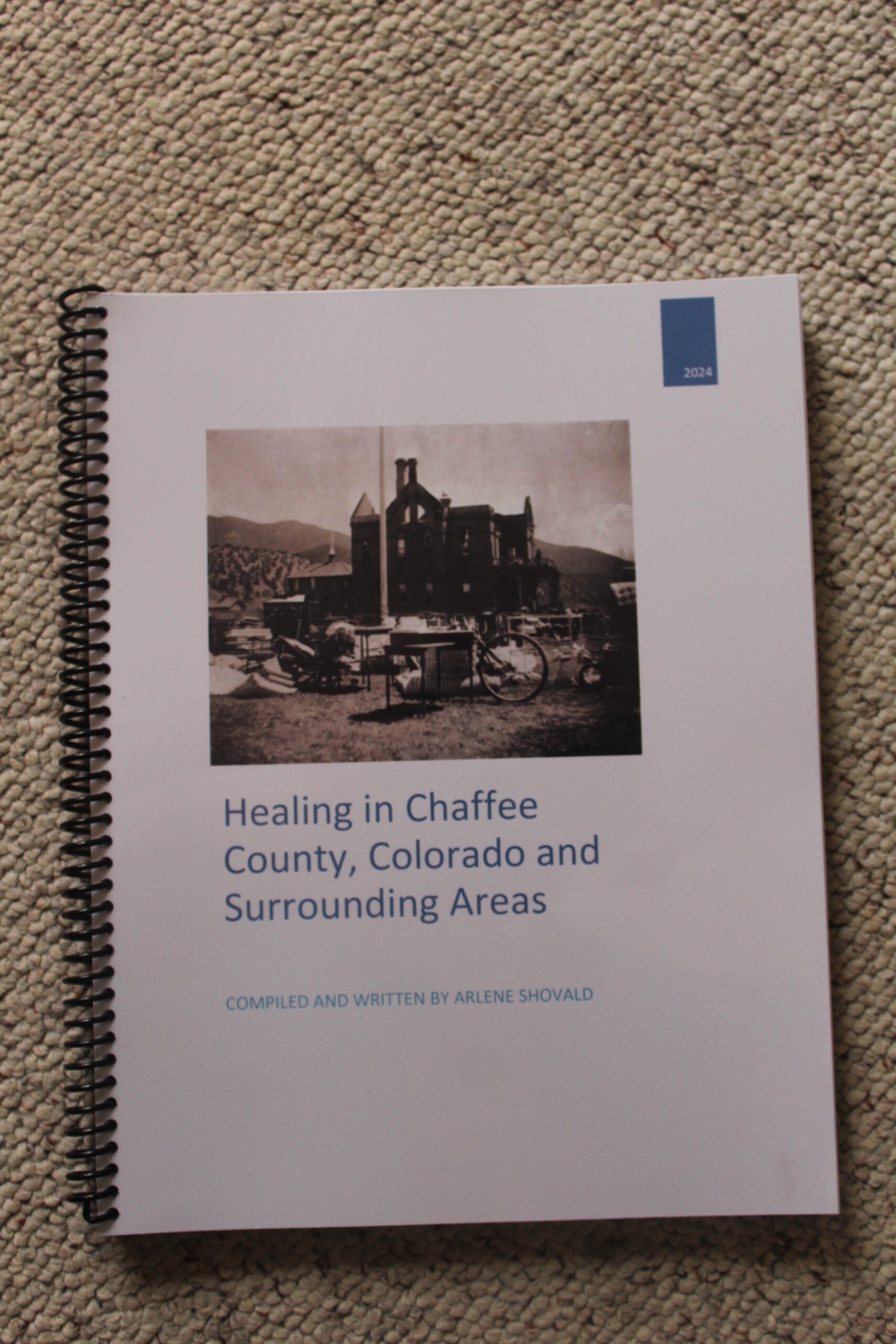WISHING YOU CONTINUED HEALTH AND SAFETY!
From the President
By Bob Campbell (with a little help from Earle and Larry)
We wish to thank all of you who continue to volunteer your time or patronize the museum. Some changes were made to museum exhibits over the winter, so you might think about another visit this spring to see some of the items mentioned in this newsletter.
Our Spring Open House is Saturday, May 17, with the incomparable Salida historian Steve Chapman making presentations throughout the afternoon (see the schedule later in this newsletter). As you may know, Steve’s Original Salida Walking Tours bring Salida history alive, as do his collection of books about Salida’s often lurid past.
Check out the article about digitizing the museum photo collection. Thanks to Mike Rosso and Mark Wiard, some of the images are starting to appear on the museum webpage, making them accessible to the public.
We can always use more volunteers, and the docent training is quick and easy. See you at the museum.
Spring Open House
Salida Museum will host it’s annual Spring Open House on Saturday, May 17, 11am – 4pm. Admission will be free, and refreshments will be served. Steve Chapman, Salida historian, will present 4 programs on various aspects of Salida history. These programs will be one hour each, starting at noon and continuing at 1, 2, and 3pm. Steve’s books on Salida history will be available at the museum. You are invited to come for one of the programs or just wander around the museum.
Healing in Chaffee County, Colorado, and Surrounding Areas
by Arlene Shovald, Ph.D.
The newest addition to the Salida Museum’s collection of local history books for sale is “Healing in Chaffee County, Colorado and Surrounding Areas.”
The book is a collection of articles related to health taken from The Mountain Mail files from 1880 until the 1960s and is illustrated with photos compiled by Earle Kittleman. Among the interesting photos is the cover, which shows the Denver & Rio Grande Hospital after it burned in a fire on April 14, 1899. The photo shows bedding and furniture that was thrown out the windows in an effort to save some of the content.
Shovald and Kittleman serve on the Board of Directors at the museum. She is retired after 46 years as a reporter with The Mountain Mail and has had a lifelong interest in health care, including earning a doctorate in Transpersonal Psychology and working as an Emergency Medical Technician and Nursing Assistant.
“When I started the Past Tense column in 1981 for The Mountain Mail, covering events that occurred 100, 75, 50 and 25 years ago, I found articles pertaining to the health of the community, and I made a separate file of them, keeping them just for my own interest,” she said. “One day we were discussing this at a Museum Board meeting and decided maybe others would be interested in reading them, so we decided to put them into a book.”
Healing in Chaffee County Colorado and Surrounding Areas is not destined to become a best seller but it has proven to be of interest to quite a few people in the health care field and is available in limited copies for $30 at the museum.
Some examples of the contents include the following:
June 18, 1881 – T.J. Mickey’s little boy of Poncha Springs, four or five years of age, died early this week of scarlet fever.
Oct. 28, 1887 – Dr. Marston of Leadville, passenger on the Union Pacific Tuesday, delivered the baby of Mrs. G. Stillwell of Bloomington, Illinois on the train. The porter found the doctor among the passengers. A fine boy was added to the passengers of the Ormus.
The book contains 108 pages detailing the health of our community including, among other things, diseases we rarely hear of anymore, like scarlet fever, diphtheria, tetanus, typhoid fever, accidents in the various mines in the area, the 1918 flu pandemic and delivery of 15 pound babies. It makes for interesting reading and gives an appreciation for what modern medical treatment has to offer. All was not good in the “good old days”.
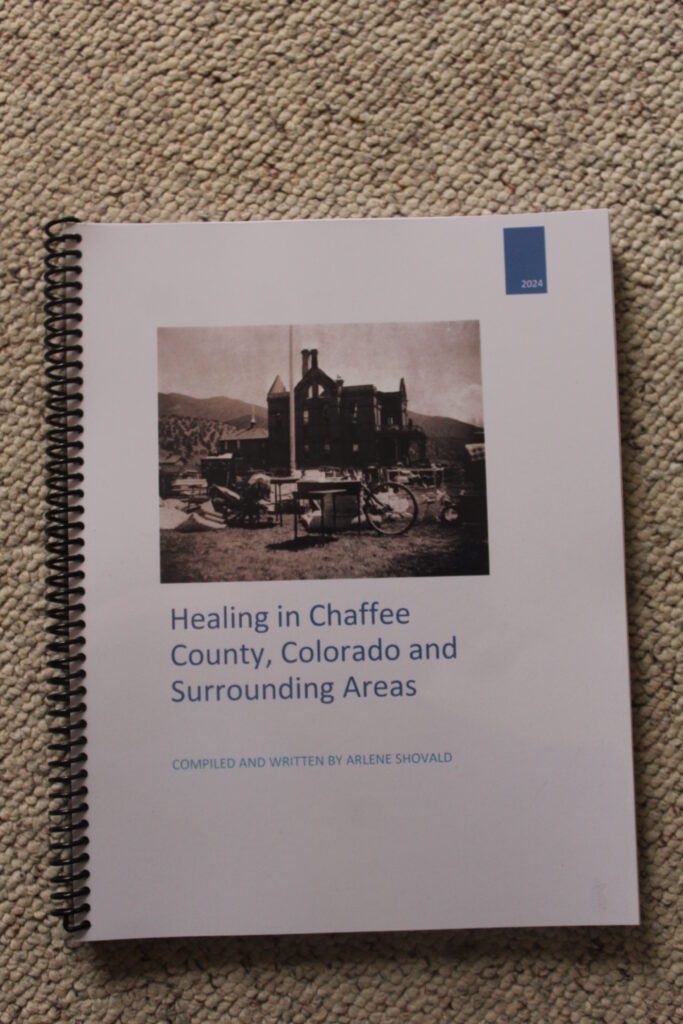
Happenings
by Earle Kittleman
Salida 2nd graders took to the road in October as they do every fall to visit historic sites. Giff Kriebel, longstanding docent, met them at the museum and told them why history is important before turning them loose on the scavenger hunt. They came in four waves, so it took all day, exhausting, but fun. A farewell picture of the last class by the old Porter tank engine shows how excited they were.

Museum docent Dennis Kapela greeted the kids at the smelter smokestack. They came in two busloads from Longfellow Elementary School to learn about the smelter and gaze to the top of the 365-foot-tall brick stack. Dennis had stickers made to give the kids as a memento of their visit.
In November, Salida Museum board members, Larry Kovacic, Arlene Shovald and Bonnie Konopka manned the museum booth at the Chamber’s Kickoff-to-Winter event at the SteamPlant. Bonnie created Salida Trivia questions printed on laminated 3×5 note cards. Visitors enjoyed trying to come up with the answers printed on the back. The trivia cards are now at the museum for visitors to try their luck.
In December, we learned that Wayne and Paula Lallier had moved away, but wanted the museum to have the Lallier Pharmacy sign that hung on their building at 2nd and F Streets for more than 25 years. Unfortunately, the 7-foot-tall porcelain sign was too big for the museum, but has found a home at Hibbs’ antique store, Old Log Cabin Antiques, on Hwy 50.
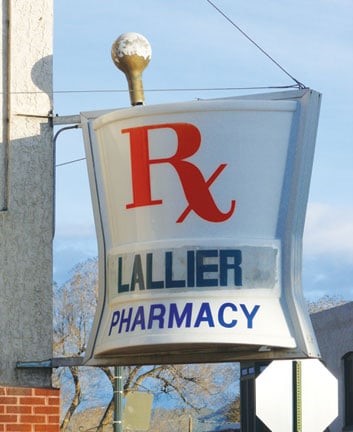
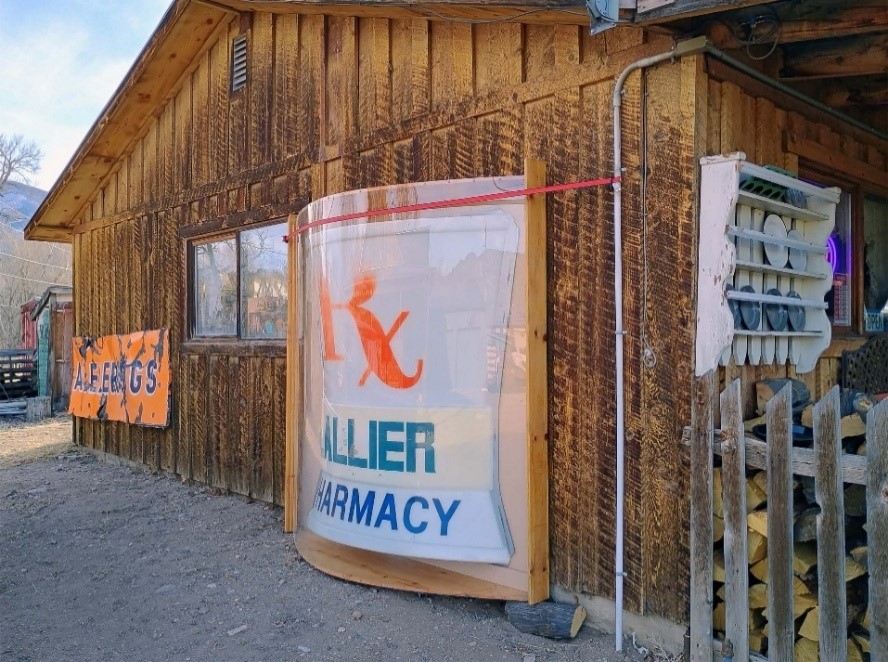
Wayne had collected a number of heavy items leftover from the days when Denver & Rio Grande operated the huge railroad yard in Salida. A crew from Salida Public Works Department helped move the objects to the museum. On display now is a switch stand with a separate Adlake kerosene lamp that fits on top and an ore bucket probably from the aerial tramway that once operated at Garfield on the Monarch spur of the D&RG.
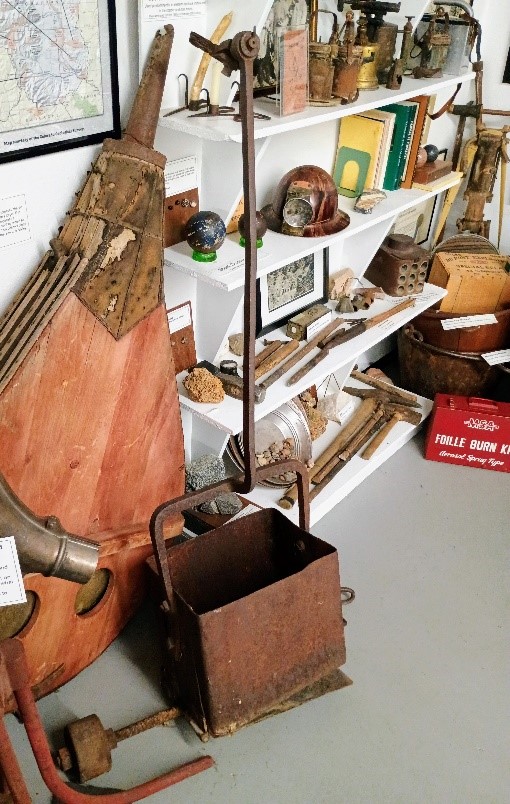
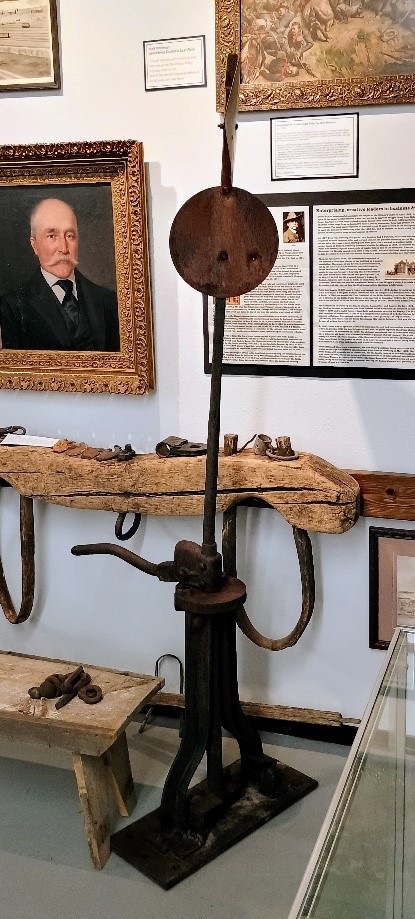
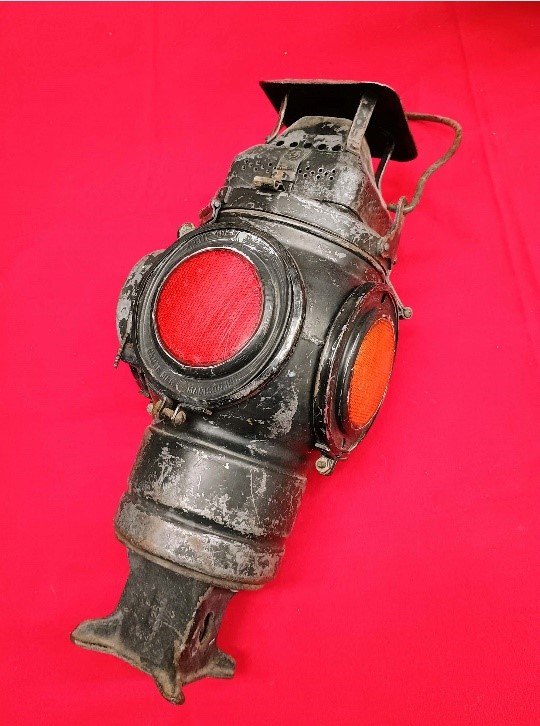
Also in December, this beautiful model of a gaff-rigged schooner was donated to the museum. The label identifies it as being modeled by Salida resident Charles Arce. It was added to the display of other model ships at the museum.
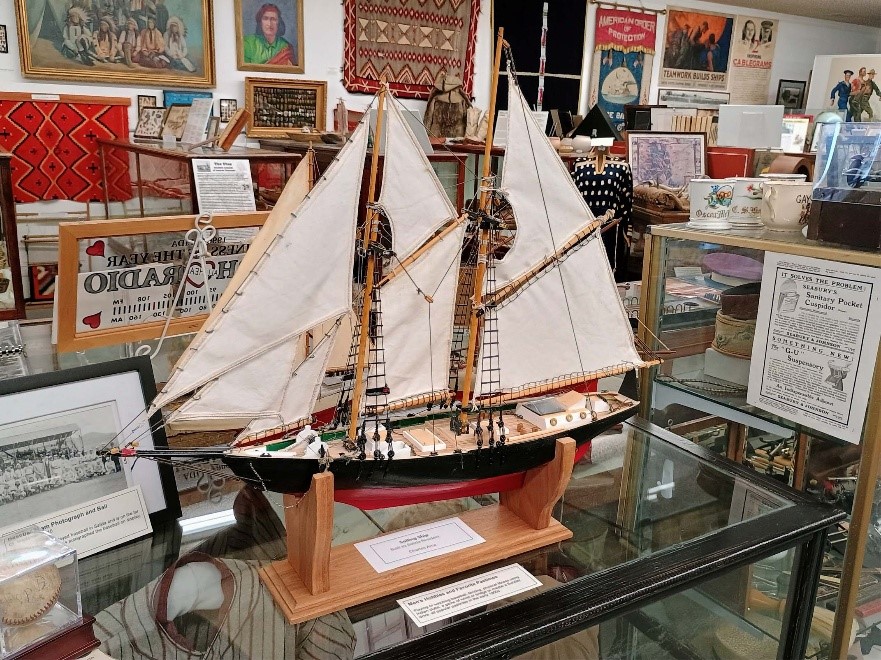
In January, a man in Louisiana sent us an ashtray with Elmo Bevington’s name on it dated 1966, Hotel Sahara, Las Vegas. Elmo, being a colorful character, was easy to trace to Salida, so we got a call at the museum. The ashtray had turned up at an estate auction. The only connection we could find to Las Vegas was one time when Elmo had a birthday party in Salida with the theme Las Vegas nights. Board member Arlene Shovald is the only one of us who knew Elmo and she remembered the party. Elmo’s ashtray is on display in the media section next to the story book Arlene wrote about him, The Man Who Amazed Himself.
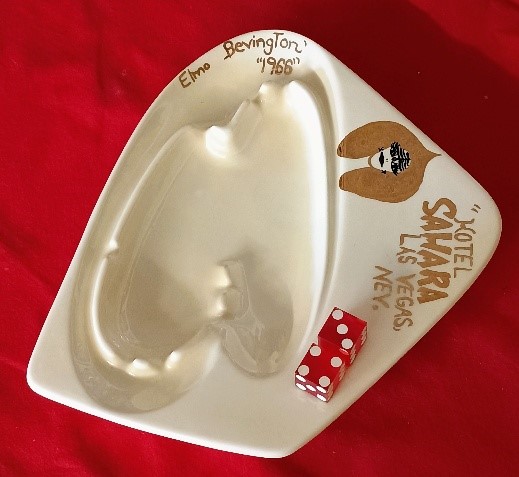
In February, Anne Weber sent a copy of her second historical novel about the life of John Mulvany, A Pencil in his Pocket, Book Two. She said she has decided not to write book three because an Irish art historian, Niamh O’Sullivan, is working on that so no need for duplication. John Mulvany was brother to Peter Mulvany, pioneer businessman in Salida. John visited his brother in Salida on numerous occasions after he had become famous for painting Custer’s Last Rally, a lithograph of which the museum has on display. The original oil painting was done from a visit to the battlefield shortly after the battle took place in 1876. It was 11 feet by 20 feet in size and went on display in 1881 in many American cities and in Europe. The museum also has John Mulvany’s portrait of O. E. Harrington of Salida, which was painted in 1894 on one of John’s visits to Salida to see his brother.
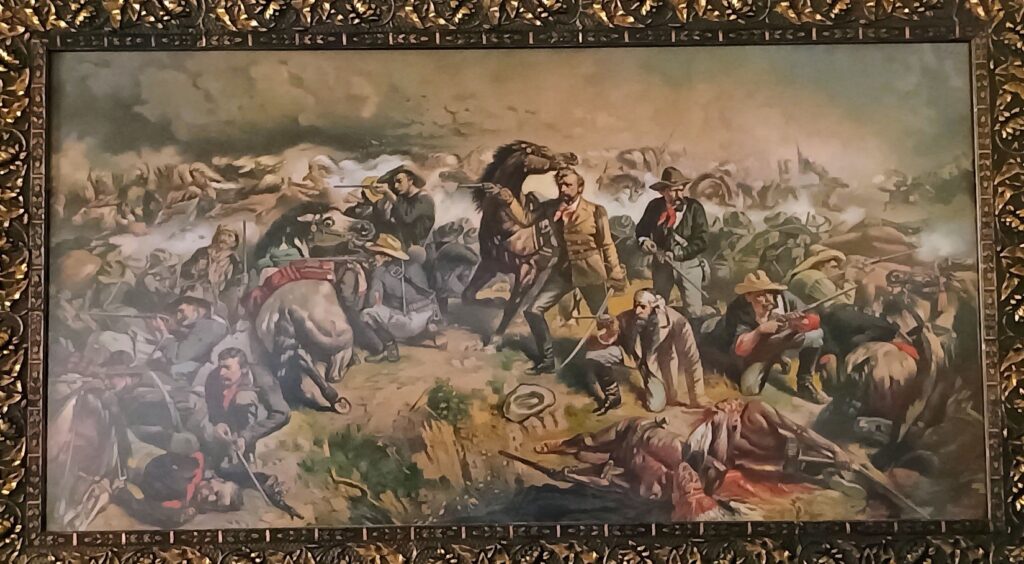
We were sad to learn that Ed Kinzie died March 4 at the age of 82 years. Ed served for several years as docent at the museum. He and wife Judith moved in July last year to Modesto, California, to be near family. Judith had been a board member since 2008. Everyone signed an outsized thank you card for their volunteer time and generous financial support over the years. And we sent a sympathy card when we learned of Ed’s death.
As always, we appreciate people who care to donate to the museum and share their history with the community.
Museum Exhibits
by Larry Kovacic
Some fun Salida Museum finds:
The Magic Lantern
The magic lantern is an early type of image projector that uses pictures on transparent plates (usually made of glass) and a light source to project the image in large format on a wall or screen. Because a single lens inverts an image projected through it, slides are inserted upside down in the magic lantern so the projected image is oriented correctly.
Magic lanterns were first developed in the 17th century and commonly used for entertainment purposes. They were increasingly used for education during the 19th century. Since the late 19th century, smaller versions were also mass-produced as toys.The museum’s magic lantern was donated by James Long of Salida in 2022. It was originally bought by the Mt. Ouray Lodge No. 140 of the Brotherhood of Locomotive Firemen, based in Salida, in 1895.
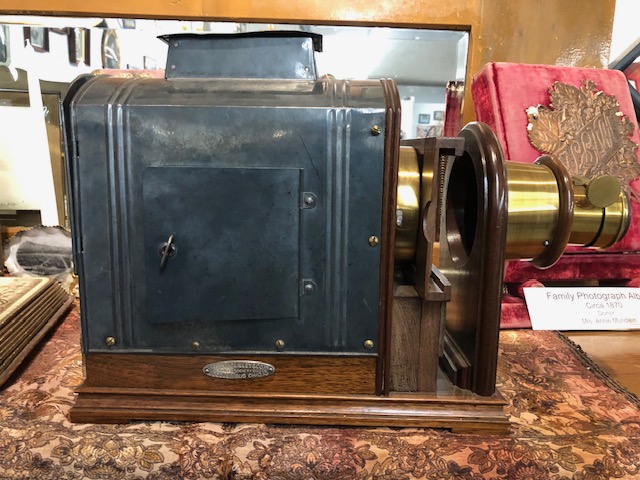
Mulvaney Brothers
by Arlene Shovald
You might say the Mulvaneys were the “Bad Luck Brothers” of early Salida. The two men, Peter and John, are prominently featured in a display at the Salida Museum.
Peter came to Salida around 1880 after working on construction of the Raton Tunnel in New Mexico. His grocery store was listed among the businesses that were established in Salida when the first edition of The Mountain Mail newspaper came out on June 5, 1880.
Peter’s store was located on the west end of First Street. He also sold horses and buggies and operated a blacksmith shop there. He was in the process of building a three-story hotel on the corner of Second and F Street in the late 1880s when someone threw an overload of chips onto a stove and the building burned to the ground before it was finished. That fire took out not only his building but a good part of the rest of the downtown area. At that time most of the buildings were wood frame so the flames spread quickly. That wasn’t his last fire. In 1889 fire destroyed his grocery store.
He had family misfortunes as well. His first wife, Maggie Casey, died of consumption (tuberculosis). Not long after, he married her sister, Anastasia. They had two children, Tom and Rosalee. The information for this article came from Peter’s daughter-in-law, Sidney, who in 1980 was a resident of Columbine Manor. Her husband, Tom, died in 1966, and she kept a photo of him by her bedside. The photo showed a nice-looking young man with an abundance of curly hair, wearing a stiff celluloid collar that was typical of the well dressed gentleman of his day.
There are two different stories regarding Peter Mulvaney’s death. One is that he died after an attack of typhoid fever in 1899. The other is when he was still a young man, he was hunting, was dragged by his horse and was sent to Baltimore for medical treatment but died three days later, leaving his young widow, Anastasia, with the two children, Tom, 9, and Rosalee, 5, to raise by herself.
John Mulvaney, Peter’s older brother, left Ireland and sailed to America when he was only 11 years old. After working on barges on the Erie Canal, he settled in New York and realized his lifelong ambition to became an artist, John finally became famous for his 11 x 22-foot mural of Custer’s Last Rally, which sold for $50,000 – a fabulous amount of money for that time. A smaller lithograph of that mural is on display at the museum.
John started travelling West to paint the scenery and visit his brother Peter in Salida. On one of his Salida visits, he painted a local rancher named O.E. Harrington. That painting is on display in the museum.
In 1906 John drowned in a river in New York. No one knew what happened but it seemed it was not murder because he was still wearing his watch.
Tom Mulvaney, Peter’s son, met his wife, Sidney Matthews, when she came west with her family from Pennsylvania in 1908. “We were told there were hunks of gold lying in the streets,” Sidney said. “My family moved west counting on that. We never saw any gold.”
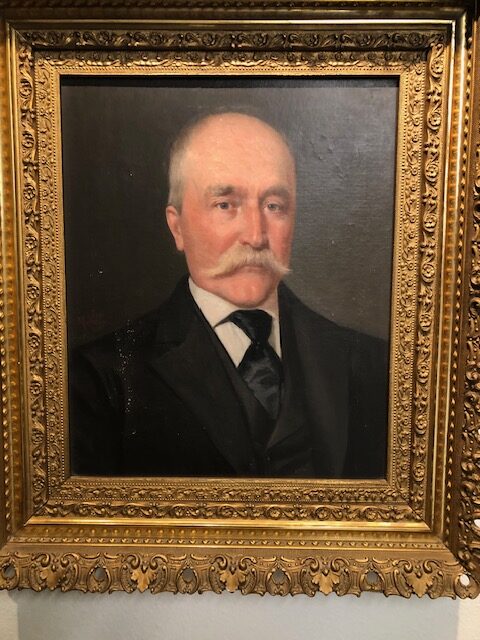
Salida Museum Photo Digitization Project
The digitization of the Salida Museum photo collection is continuing on a slow but steady basis.
The goal is to scan and digitally store a large amount of the photo collection on external devices and in the cloud. In the event of any possible damage to the collection, these will serve as a permanent backup.
The scanning is being done primarily by volunteer Mike Rosso, who has a background in commercial photography and photo restoration. At least one of the museum docents has been trained to scan photos as well.
The museum website has been updated and is now displaying many of the photos thus far scanned. Visit www.salidamuseum.org and and check out the “Galleries” drop down menu where you will find four categories: People, Places, Buildings and Railroads. The photos are available for research, publication and for those just curious about Salida history. Larger resolution versions of the photos can be ordered by emailing salidamuseum@gmail.com.
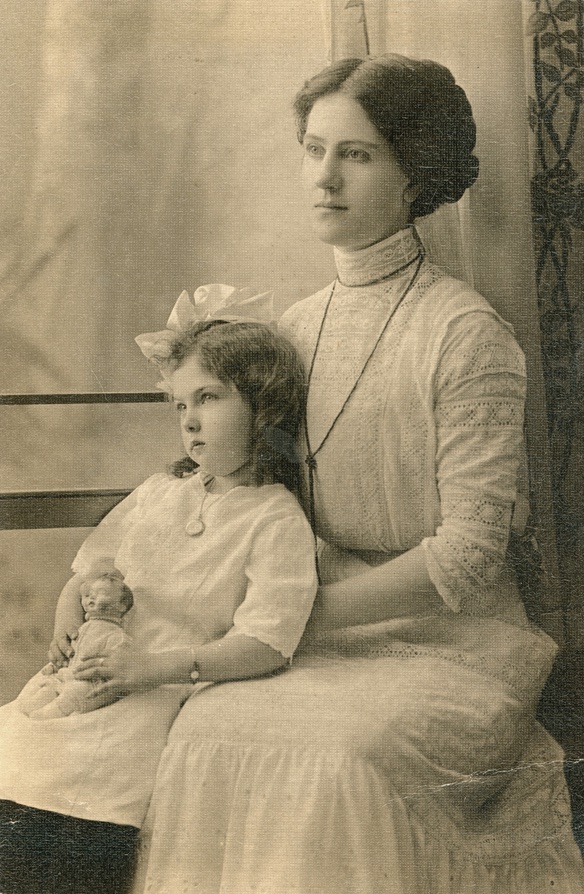
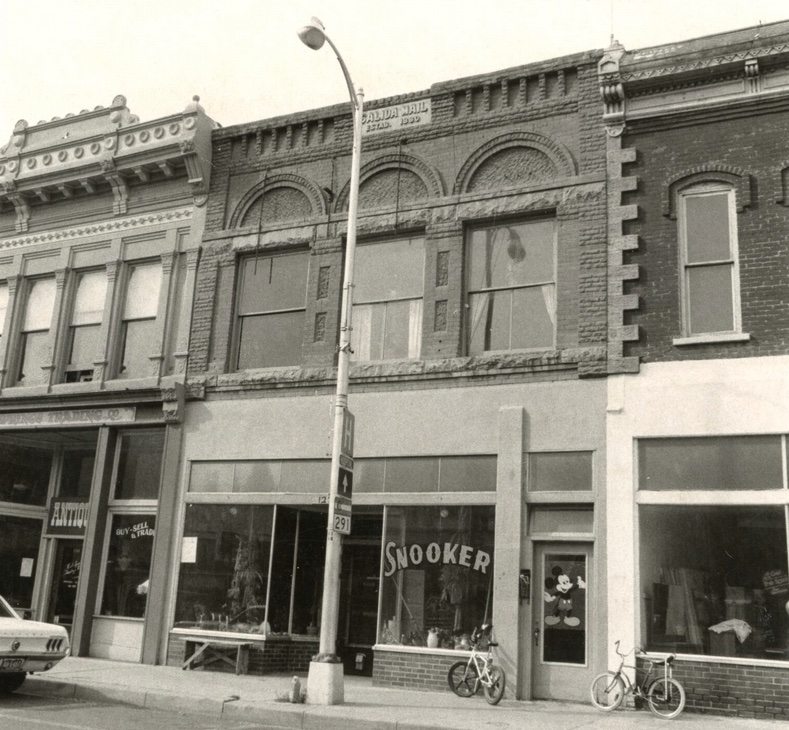
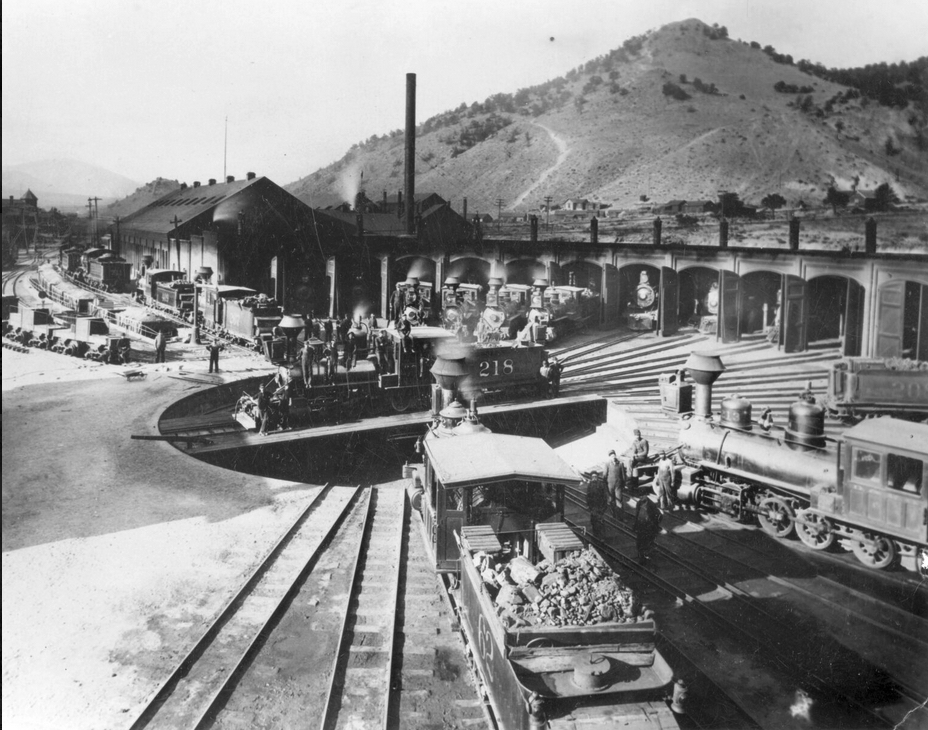
These photos are examples of what you will find in the drop down menu of the “Galleries” tab in the museum website.
Museum Board of Directors
The current museum board of directors is comprised of the following:
President, Bob Campbell
Secretary, Earle Kittleman, 719-221-3685
Treasurer, Larry Kovacic, 505-280-4831
Board Member, Arlene Shovald, 719-539-3139
Board Member, Bonnie Konopka, 505-270-6523
Board Member, Terry Pintane, 719-221-4177
Board Member, Dennis Kapela, 720-320-9132
We wish to thank Margaret Dean, who volunteers as a board representative from Maysville. The members of the South Arkansas Landowners Association (SALA), comprising residents in the Maysville area, do a lot of work taking care of the historic Maysville School, which is owned by the museum. We appreciate their efforts to maintain the school as a historic landmark and look forward to a long and fruitful relationship.
Museum Docents
Patrick Hardin
Giff Kriebel
Terry Pintane
Dennis Kapela
Earle Kittleman
Bonnie Konopka
Larry Kovacic
Many thanks go to our docents; they are the reason the Salida Museum remains open to visitors.
Volunteers Needed
If you are interested in becoming a board member and coming to one meeting a month, or becoming a docent and working one day a week, let us know. We would be very happy to talk to you about joining our team. Our board meetings are open to the public, so if you want to attend one and find out if you’re interested, the meetings are the third Wednesday of the month, 11:00am, at the museum.
Support the Salida Museum
The Salida Museum Association is an all-volunteer non-profit organization that relies on donations, memberships, admissions and limited fundraising to remain operational. You can help support the museum by making a donation or becoming a member.
Donation – any amount appreciated
Annual Membership – $15, includes 5 free visits
Lifetime Membership – $100, includes unlimited free visits
Memberships and donations are tax deductible. Send your payment to the address listed below, use our website to remit with PayPal, or join when you come in to see the museum. You will receive an acknowledgement letter for tax purposes. (make sure we have your address)
Salida Museum Association
406 1/2 W. Hwy 50, Salida, Colorado 81201
salidamuseum@gmail.com
719-539-7483
For more museum information, see our website or Facebook page.

